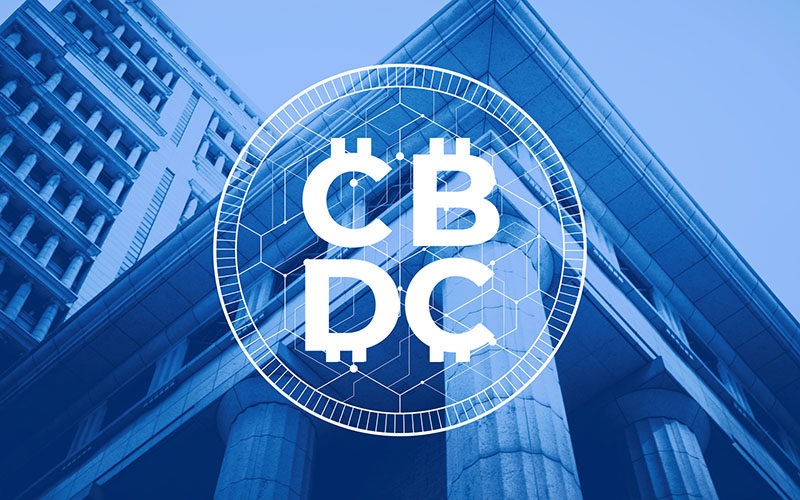Central Bank Digital Currencies (CBDCs) have garnered significant attention in recent years as governments explore the possibility of issuing their own digital currencies. With the rise of cryptocurrencies and the increasing digitization of financial transactions, central banks worldwide are examining the potential benefits and challenges of CBDCs. In this article, we will delve into the concept of CBDCs, their implications for the financial system, and the factors driving their development.
Understanding Central Bank Digital Currencies
What are CBDCs?
CBDCs are digital representations of a country’s fiat currency issued by its central bank. Unlike cryptocurrencies such as Bitcoin or Ethereum, which operate on decentralized networks, CBDCs are centralized and typically utilize distributed ledger technology (DLT) or blockchain to record transactions. CBDCs aim to combine the efficiency and convenience of digital payments with the stability and security of traditional fiat currencies.
Types of CBDCs
There are two primary types of CBDCs: wholesale and retail. Wholesale CBDCs are designed for interbank transactions and large-value payments, serving as a settlement asset for financial institutions. Retail CBDCs, on the other hand, are intended for use by the general public and can be accessed through digital wallets or payment apps. Retail CBDCs have the potential to revolutionize retail payments, offering consumers a secure and efficient alternative to cash and traditional banking services.
Implications of CBDCs
Enhancing Financial Inclusion
One of the key potential benefits of CBDCs is their ability to improve financial inclusion by providing access to basic financial services for unbanked and underbanked populations. By offering low-cost digital payment solutions, CBDCs can facilitate greater participation in the formal financial system, empowering individuals and businesses to participate in the economy more effectively.
Promoting Payment Efficiency
CBDCs have the potential to streamline payment processes, reducing transaction costs and settlement times. With instant and low-cost transactions, CBDCs can promote financial efficiency and liquidity in both domestic and cross-border payments. This could benefit businesses by reducing payment processing fees and enhancing cash flow management.
Mitigating Risks of Cryptocurrencies
By providing a government-backed digital currency, CBDCs offer an alternative to private cryptocurrencies while addressing some of the regulatory concerns associated with them. CBDCs can help mitigate risks such as money laundering, terrorist financing, and tax evasion by providing greater transparency and regulatory oversight over digital transactions.
Factors Driving CBDC Development
Technological Advancements
Advancements in blockchain technology, distributed ledger technology, and digital payment infrastructure have accelerated the development of CBDCs. Central banks are leveraging these technologies to design and implement secure and efficient CBDC solutions tailored to their specific economic and regulatory contexts.
Changing Consumer Preferences
The shift towards digital payments and the declining use of cash have prompted central banks to explore CBDCs as a means of meeting evolving consumer preferences. With the rise of mobile banking and digital wallets, consumers are increasingly seeking convenient and secure digital payment options, driving demand for CBDCs.
Geopolitical Considerations
Geopolitical factors, such as concerns over financial sovereignty and competition with global digital currencies, are also driving the development of CBDCs. Central banks are keen to maintain control over monetary policy and currency issuance in an increasingly digitized financial landscape, leading to efforts to develop CBDCs as a means of preserving monetary sovereignty.
Conclusion
Central Bank Digital Currencies (CBDCs) represent a significant evolution in the realm of digital payments and monetary policy. With the potential to enhance financial inclusion, promote payment efficiency, and mitigate risks associated with private cryptocurrencies, CBDCs are gaining traction among central banks worldwide. As technological advancements continue and consumer preferences evolve, the development and adoption of CBDCs are likely to reshape the future of money and finance on a global scale.

